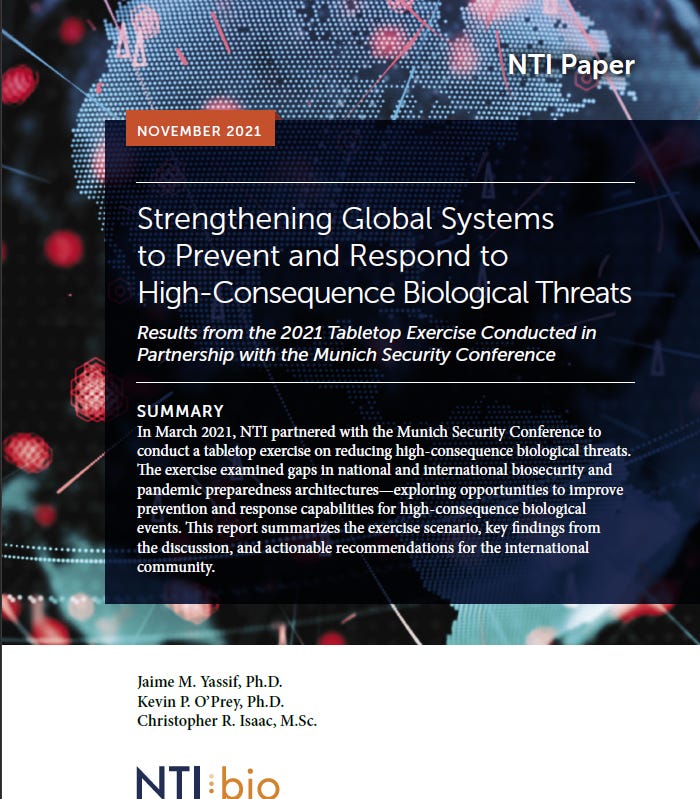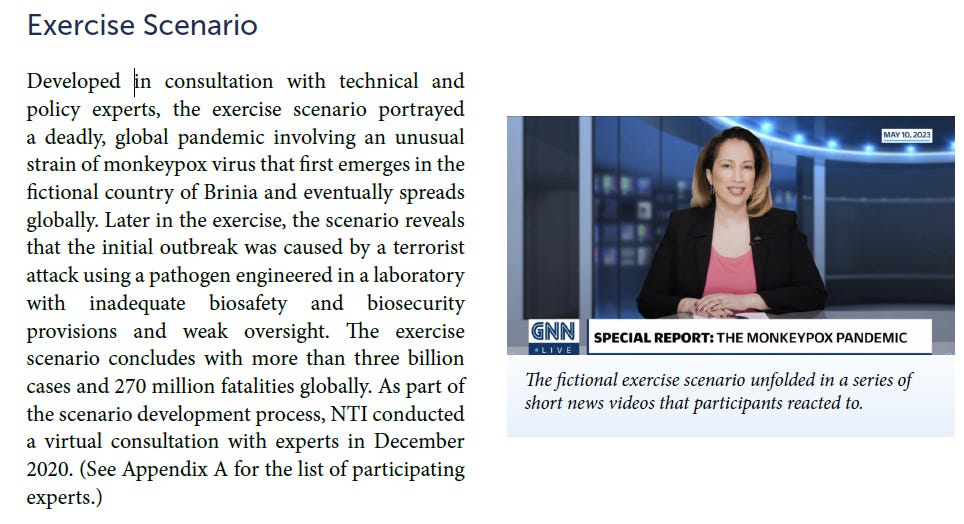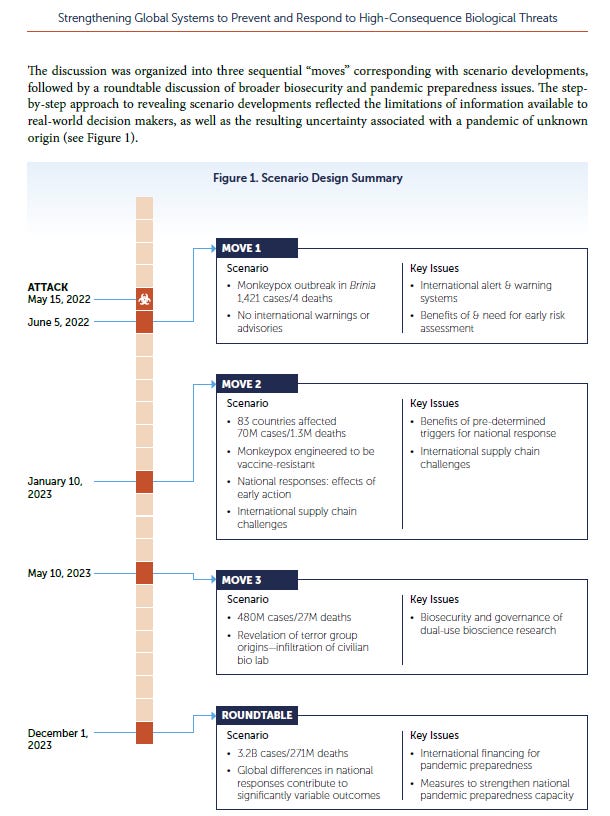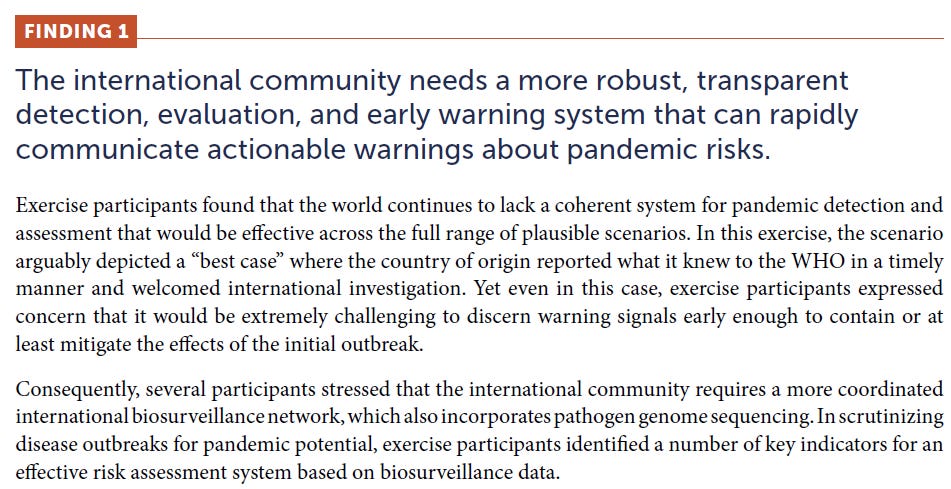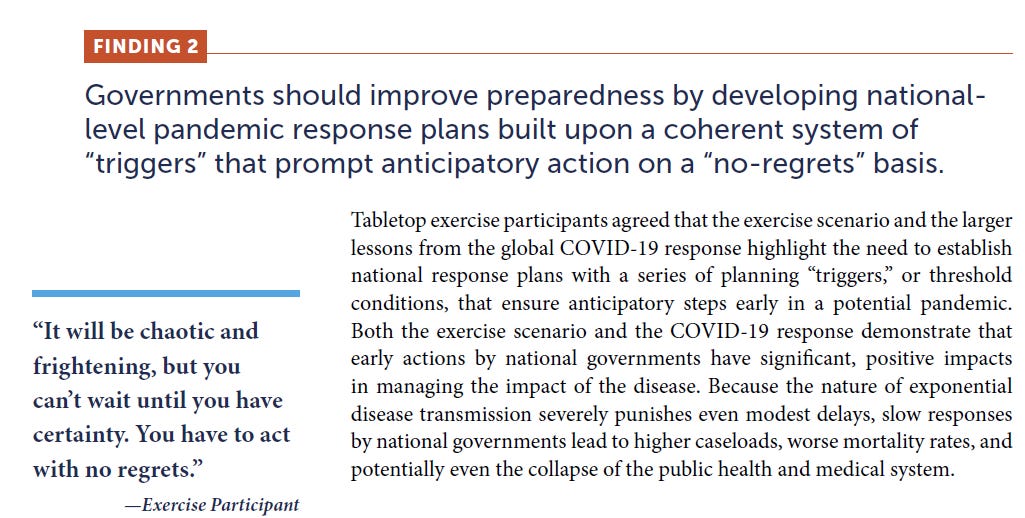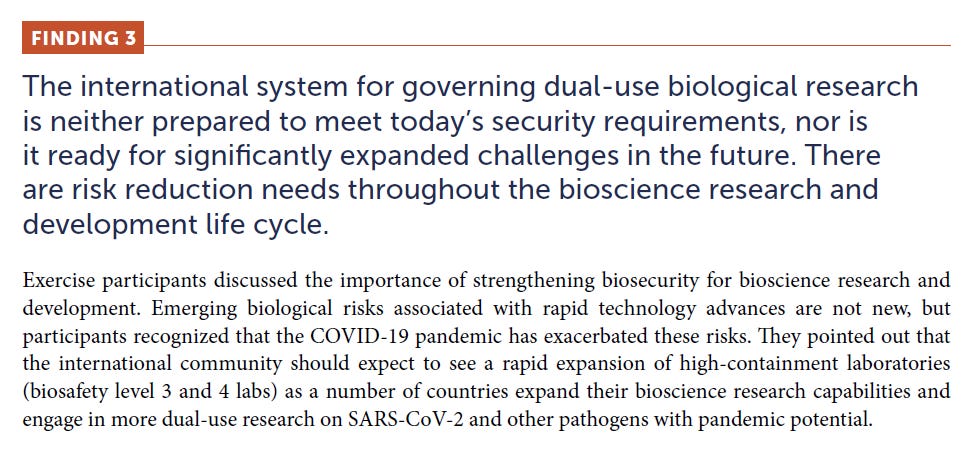With the upcoming novel monkeypox plandemic, please read the show manuscript planned to invoke greater population control measures via Big Brother initiatives just in time for the election. The plot reads like a redo of previously successful theatrics that devastated world economies and induced such fear, that 2/3 of the known world accepted a COVID19 biological weapon of mass destruction to be injected into them without informed consent. Here you can read the full exercise designed to scare you into accepting more self assembly nanotechnology “safe and effective vaccines”, so you will eventually meet the UN quota to get your500 vaccines per person by 2030. PCR tests will be deployed again, which gave even unvaccinated people the last time around the self assembly nanotechnology to emit MAC addresses in 1/3 of cases, as Dr. Pedro Chavez from Comusav found.
Blue Tooth Mac Address Phenomenon From COVID 19 Shots – Conversation with Dr. Pedro Chavez From COMUSAV. Truth, Science and Spirit Ep 30
The fake news is ready to churn the propaganda machine and even that is scripted.
There is a planned “ATTACK” on humanity with its predetermined lockstep timeline.
Here is the paper:
 | Nti Paper Bio Ttx Final Mpox Exercise 1.7MB ∙ PDF file |
| |
In March 2021, the Nuclear Threat Initiative (NTI) partnered with the Munich Security Conference (MSC) to conduct a tabletop exercise on reducing high-consequence biological threats. Conducted virtually, the exercise examined gaps in national and international biosecurity and pandemic preparedness architectures and explored opportunities to improve capabilities to prevent and respond to high-consequence biological events. Participants included 19 senior leaders and experts from across Africa, the Americas, Asia, and Europe with decades of combined experience in public health, biotechnology industry, international security, and philanthropy.
The exercise scenario portrayed a deadly, global pandemic involving an unusual strain of monkeypox virus that emerged in the fictional nation of Brinia and spread globally over 18 months. Ultimately, the exercise scenario revealed that the initial outbreak was caused by a terrorist attack using a pathogen engineered in a laboratory with inadequate biosafety and biosecurity provisions and weak oversight. By the end of the exercise, the fictional pandemic resulted in more than three billion cases and 270 million fatalities worldwide.
Move 1 (occurring on June 5, 2022, in scenario time) starts with an unusual outbreak of monkeypox in Brinia (population 250 million), with reports of 1,421 cases and four fatalities. There is no immediate evidence of international spread, but the outbreak takes place during a national holiday with extensive domestic and international travel by Brinians. Because monkeypox is not naturally found in Brinia, local and international experts consider this outbreak to be unusual. The Brinian government welcomes international outbreak investigations and requests medical support from the WHO. Genome sequencing of monkeypox patient samples reveals that the strain in Brinia contains mutations that make it resistant to existing vaccines.
The discussion that followed considered how the international system is postured to analyze initial indicators of pandemic risk and to communicate appropriate warnings.
Move 2 (January 10, 2023) occurs six months later, at which point the virus has spread to 83 countries with 70 million reported cases, causing more than 1.3 million fatalities. With no known effective therapies or vaccines, countries have had to rely principally on non-pharmaceutical interventions (NPIs) to mitigate the impacts of the pandemic. Highlighting significantly different national outcomes in managing the pandemic, some governments, including the fictional Republic of Dranma, promptly adopted aggressive measures to slow virus transmission by shutting down mass gatherings, imposing social-distancing measures, and implementing mask mandates. These countries have also established large-scale testing and contact-tracing operations and scaled-up their health care systems to support anticipated growing case numbers. By contrast, the scenario depicts another group of countries, including fictional Cardus, that have prioritized keeping their economies open, undertaking little-to-no NPIs, and downplaying the virus and its potential impacts. These countries have experienced much worse outcomes in terms of illness and mortality (Figure 2) than those that responded early and energetically. As Figure 3 shows, Dranma experienced far fewer cases and fatalities than Cardus.
Participant discussion in Move 2 focused on exploring the conditions that should trigger national pandemic response actions and discussing strategies and challenges for scaling public health interventions.
More surveillance is needed according to the findings:
The role of the WHO is discussed:
All participants agreed that the principal means of international pandemic risk warning now in place—the WHO Director General’s declaration of a Public Health Emergency of International Concern (PHEIC)—requires significant reform. Among the shortfalls they identified in the current PHEIC approach is that it is a binary tool for a world where pandemic risks are characterized by different levels of risk that evolve over time. The current PHEIC approach potentially lumps risks like a limited regional Ebola outbreak with a globally catastrophic biological event. Both are concerning, but to very different degrees, and they warrant different responses. The binary nature of the PHEIC also unintentionally creates incentives to delay warnings. In effect, if analysts and decision makers only have two choices, they are likely to err on the side of certainty before activating an international alert system.
Participants stressed that a graded pandemic warning system—analogous to graded systems used for hurricanes and other natural disasters—would arguably provide a more flexible, informative, and actionable system for communicating risk. Under the current International Health Regulations (IHR 2005), the WHO could be empowered to provide more detailed risk assessments to member states. One participant noted that formally shifting the WHO PHEIC to a graded system might require a change to the IHR, which could pose significant political challenges. Exercise participants observed that regardless of the particular institutional arrangements chosen for international systems of pandemic detection, analysis, and warning, these systems must be transparent. In particular, deliberations that currently occur behind closed doors—the WHO Emergency Committee, for example—would benefit if, at a minimum, an outside expert group could analyze the data and reach conclusions in parallel. Arguably, this would help validate and lend independent weight to official findings, or could challenge findings if they are inconsistent with available evidence.1
Please read the entire document.
Today an International Emergency over Monkey Pox (Mind) virus was declared.
an hour ago · 76 likes · 31 comments · Greg Reese

